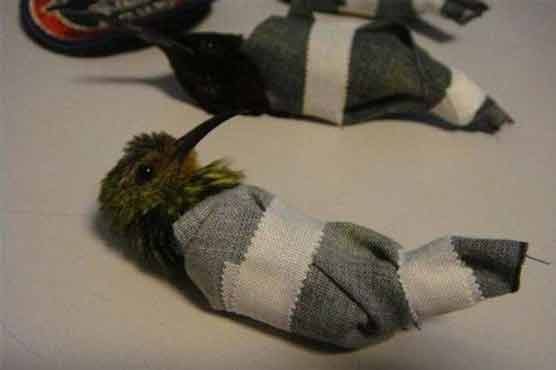Airport officials in Cuba arrested a passenger attempting to leave the island with scores of native birds hidden inside his trousers, press reports said Thursday.
The detained man, described only as a "resident of the United States" tried to smuggle 66 Cuban Grassquits inside his "low slung" pants, the Juventud Rebelde newspaper reported.
The daily wrote that the man's bulky attire drew the attention of customs officials, leading to his arrest.
The incident occurred last month at the international airport in the city of Camaguey, some 530 kilometers (330 miles) east of Havana, Juventud Rebelde wrote.
The Cuban Grassquit is a small bird with a short beak, with brown and olive green plumage, with black and yellow around the face and throat.
The bird, whose biological name is Tiaris canorus, is not considered to be at risk of extinction but nevertheless is protected under Cuban law.















































